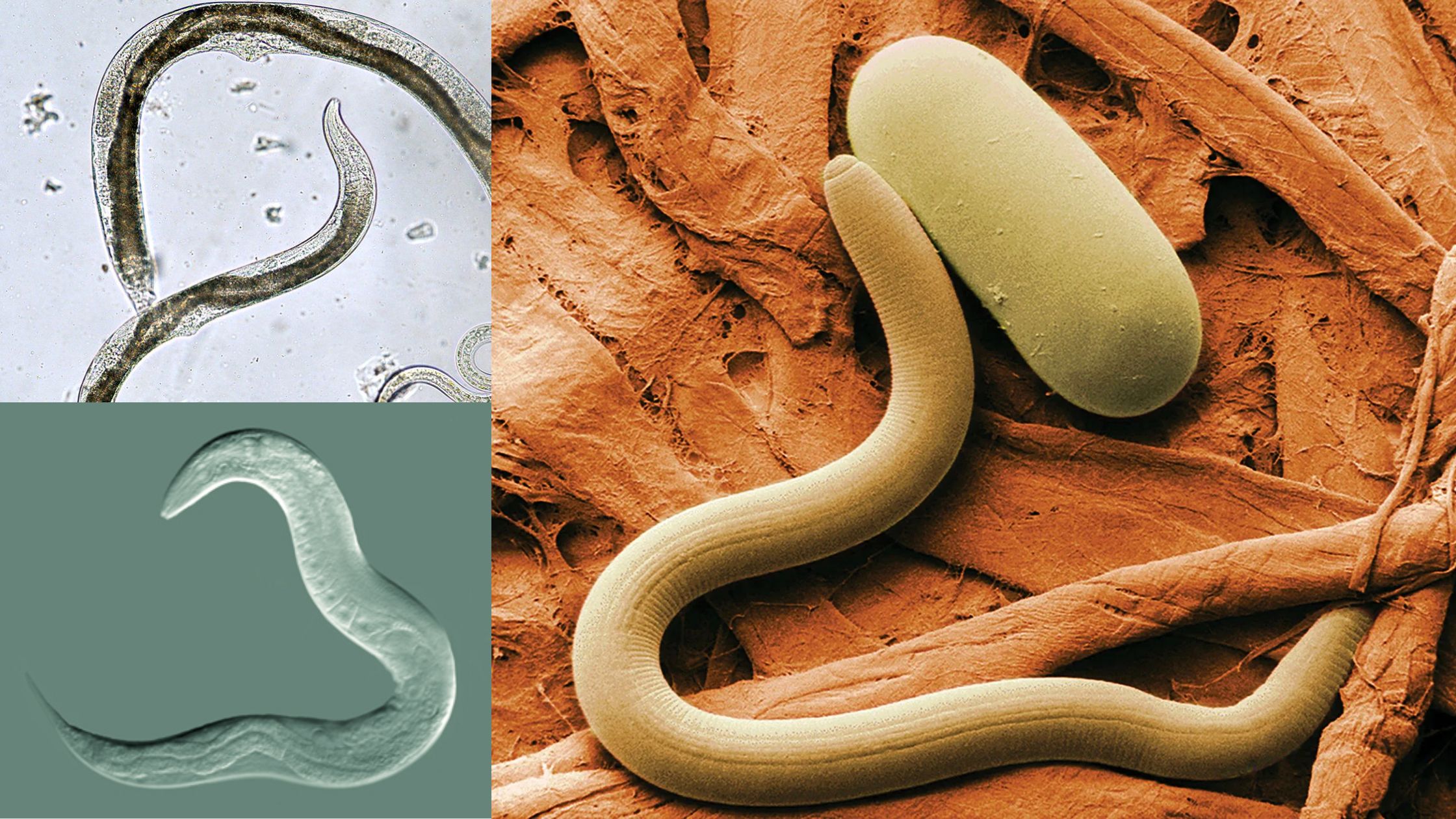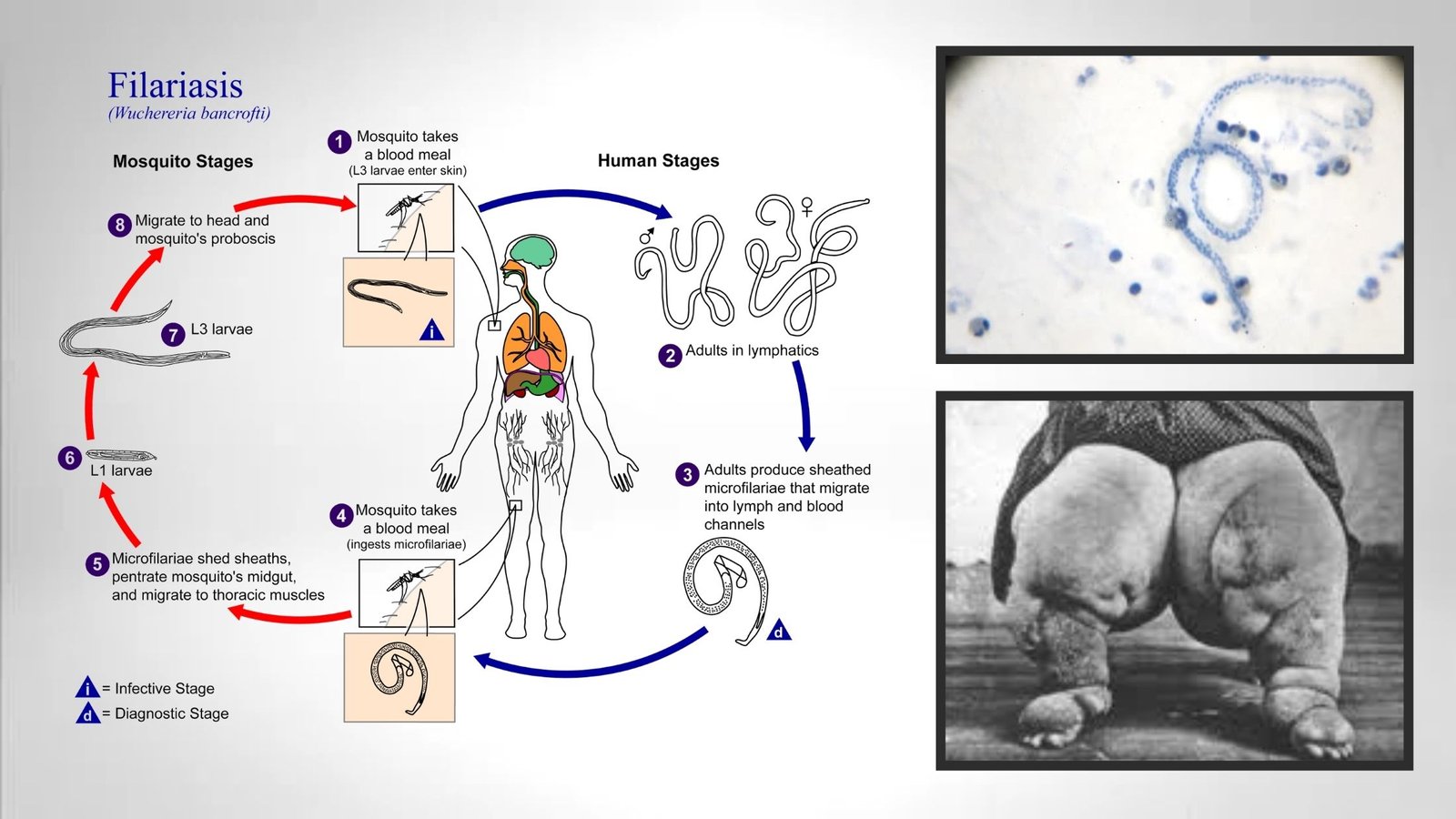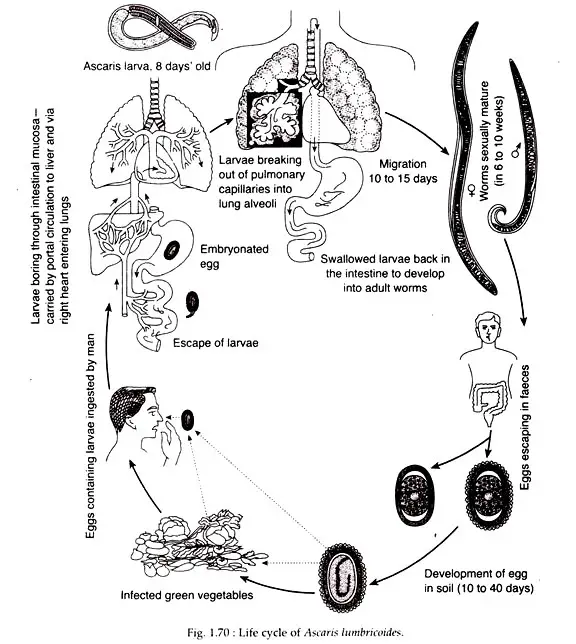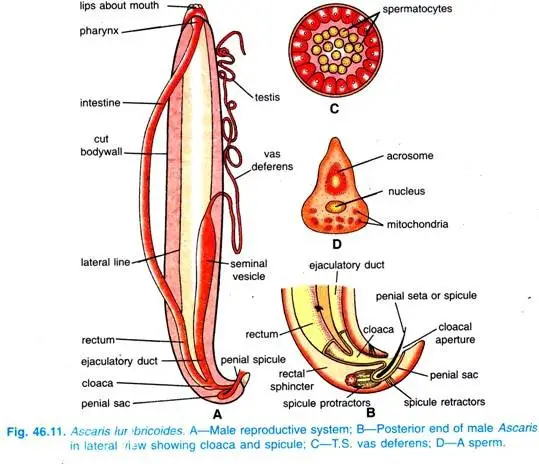Nematodes – Morphology, Classification, Examples
What are Nematodes? Definition of Nematodes Nematodes are elongated, unsegmented, thread-like worms, found in various environments such as soil and water. They can be free-living or parasitic, affecting plants, animals, and humans. General Characteristics of Nematodes Nematodes, often referred to as roundworms, exhibit distinct morphological and physiological features that set them apart from other organisms. … Read more






